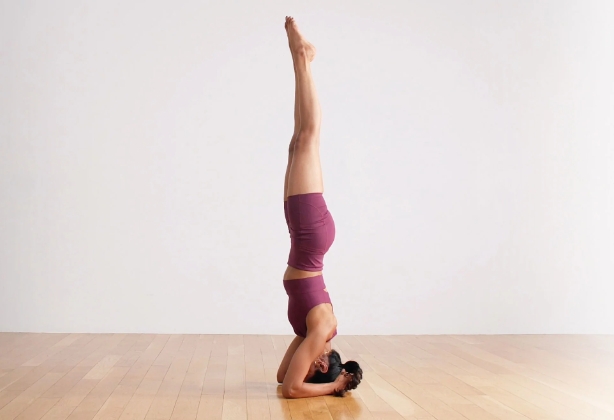Stand Upside Down is a sports posture that requires balance, strength and concentration. Stand Upside Down is not only a physical exercise, but also a challenge for the body and mind. For many practitioners, stand upside down is the perfect combination of strength, flexibility and control. Whether it is yoga, gymnastics or street fitness, the handstand posture can bring new breakthroughs and a sense of achievement to sports enthusiasts.
When practicing handstand, core strength and shoulder strength are particularly important. Strong core muscles can help keep the body stable, while shoulder strength can support the weight of the whole body and make the movement smoother. Practicing handstand needs to start from the basics and gradually build strength and confidence. Beginners can practice against the wall and gradually try to stand upside down independently in an open space. With the deepening of practice, many people are able to achieve advanced techniques such as one-handed handstand and dynamic handstand, showing more diverse handstand postures.
Handstand is not only popular in sports, but also a source of inspiration for artistic creation. For example, “Handstand statues” are very common in sculpture art. These sculptures fix the dynamic beauty of handstand on sculptures, showing the beauty of strength and balance. Handstand sculptures are often made of bronze, stone and other materials. They are suitable for being placed in parks or fitness venues to remind people of the power and charm of sports. Handstand statues show human exploration and transcendence of self-control, and inspire people to constantly challenge their own limits.
Handstand is not only a sport, but also an art form and spiritual practice. Whether practicing handstands in person or appreciating handstand sculptures, people can feel the beauty of power. Handstand statues combine sports and art, making handstand no longer just a posture, but also an attitude towards life and self-improvement.

